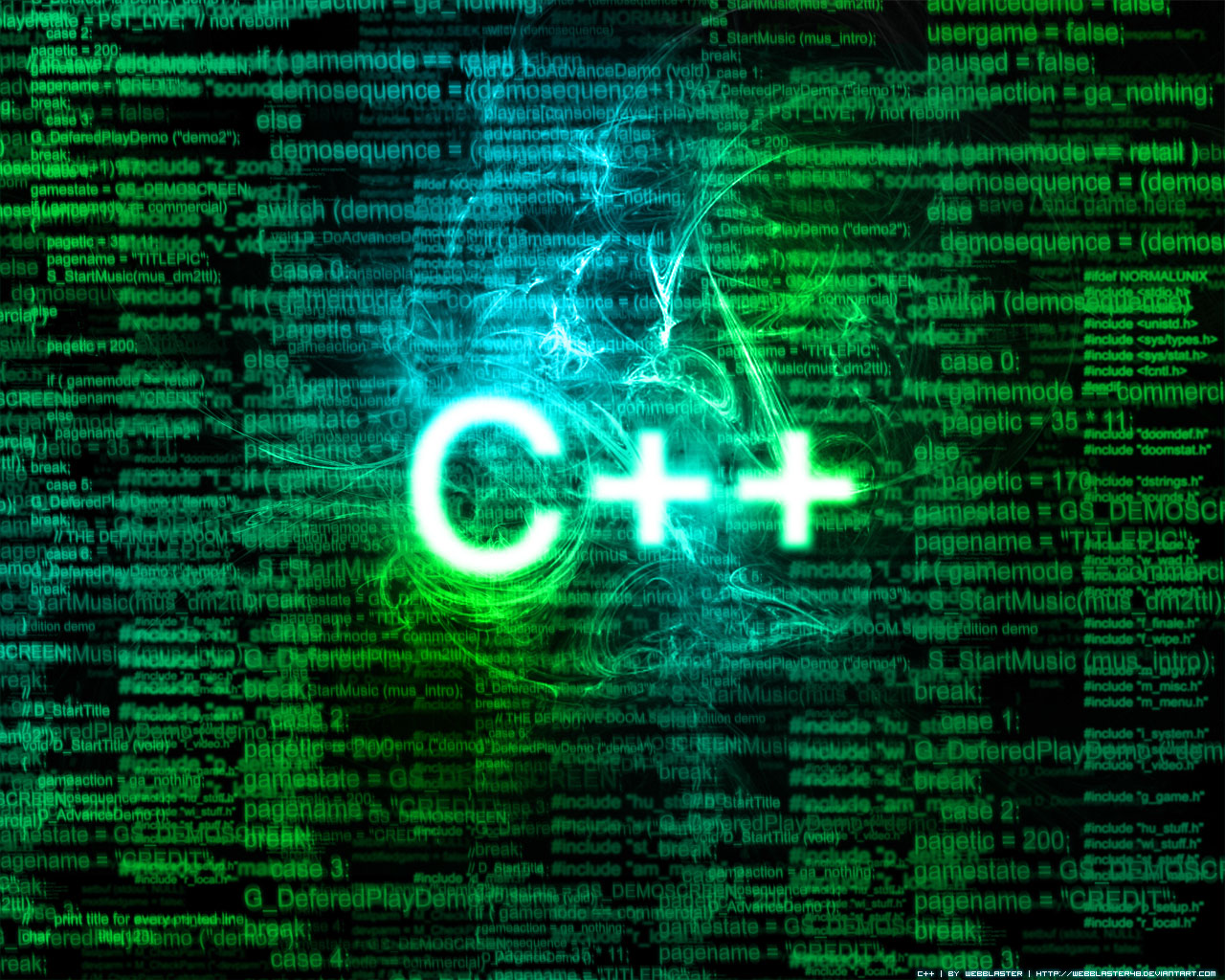Thursday, February 4, 2016
Posted by Unknown
No comments | 2/04/2016 12:35:00 PM
Jquery cool tricks: Different ways to create the dynamic HTML element ...: There are different ways to create the dynamic HTML element in the jquery. I know creating HTML is not jquery but sometime it happens that ...
Wednesday, September 30, 2015
Posted by Unknown
No comments | 9/30/2015 03:26:00 AM
Hi All,
This is the big problem that we all are facing,
TVF pitchers S1E05.
But here we are Click here to direct download s1e05 of TVF pitchers

Thursday, January 29, 2015
Posted by Unknown
No comments | 1/29/2015 04:26:00 PM
Thursday, January 22, 2015
Posted by Unknown
1 comment | 1/22/2015 08:56:00 PM
1: computer graphics
2: Data warehouse and data minig
|
Course
Code: MCET 302
Title: Data Warehousing & Data Mining
[SGGSWU-
DCSE]
L/T/P:
3/1/1
|
|
|
UNIT
I
(13hrs)
Introduction: Introduction
to Data Mining, Kind of Data to be mined, Data Mining Functionalities,
Pattern Interestingness, Classification of Data Mining System, Major Issues
in Data Mining
|
|
|
Data Warehouse and OLAP: Data
warehouse, Difference from traditional databases, Multidimensional data
model, Schema for Multi dimensional model, measures, concept hierarchies,
OLAP operations, starnet query model, Data Warehouse architecture, ROLAP,
MOLAP, HOLAP, Data Warehouse Implementation, Data Cube, Metadata
Repositories, OLAM
UNIT II
(13hrs)
|
|
|
Data Objects and Attribute Types: Nominal,
Binary, Ordinal, Numeric, Discrete and Continuous Attributes
Basic Statistical Descriptions of Data: Measuring
the Central Tendency and Dispersion of data
Data Processing: Data
Cleaning, Data Integration and Transformation, Data Reduction, Discretization
and concept hierarchy
|
|
|
UNIT III
(13hrs)
|
|
|
Association Rules: Market
basket analysis, Frequent, Closed Itemsets, Frequent Pattern Mining, The
Apriori Algorithm, Improving the
efficiency of Apriori, Mining Frequent Itemsets without Candidate Generation,
Mining various kinds of association rules,
Correlational analysis
|
|
|
Classification and Clustering : Classification
and prediction, Decision tree induction, Bayesian classification, k-nearest
neighbour classification, Cluster analysis, Types of data in clustering, categorization
of clustering methods
|
|
|
UNIT IV
(13hrs)
Introduction of Mining Complex Data: Complex
data objects, Mining spatial databases, Multimedia databases, Time Series and
Sequence Databases, Text databases and World Wide Web, Data Mining
Applications and Trends.
|
|
|
Reference Books:
|
|
3: Informtion Retrieval
4: wireless communiction and networks
Saturday, November 29, 2014
Posted by Unknown
No comments | 11/29/2014 02:06:00 PM
SPECIAL THANKS TO SHRI KRISHNA CYBER CAFE
......................................................................................................................................................
Tuesday, November 25, 2014
Monday, October 20, 2014
Posted by Unknown
No comments | 10/20/2014 09:33:00 PM
Wednesday, September 17, 2014
Posted by Unknown
No comments | 9/17/2014 08:35:00 PM
Wednesday, September 10, 2014
Posted by Unknown
No comments | 9/10/2014 10:34:00 AM
Monday, September 8, 2014
Posted by Unknown
No comments | 9/08/2014 04:17:00 PM
Subscribe to:
Posts (Atom)





















